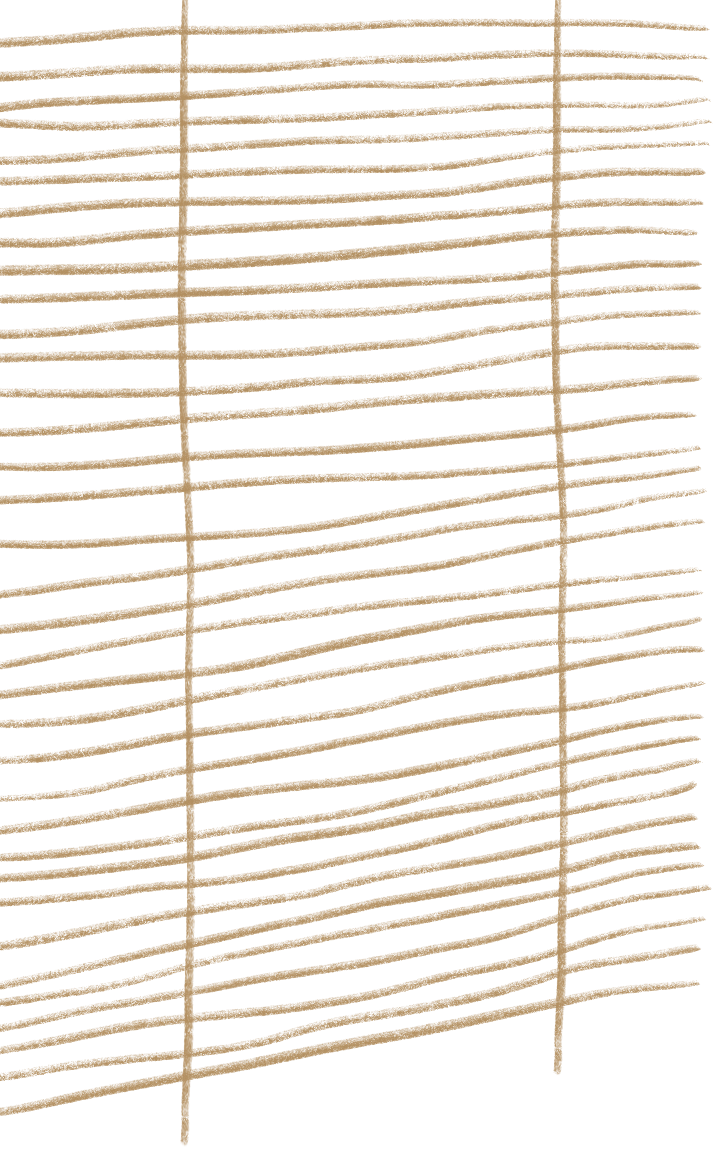





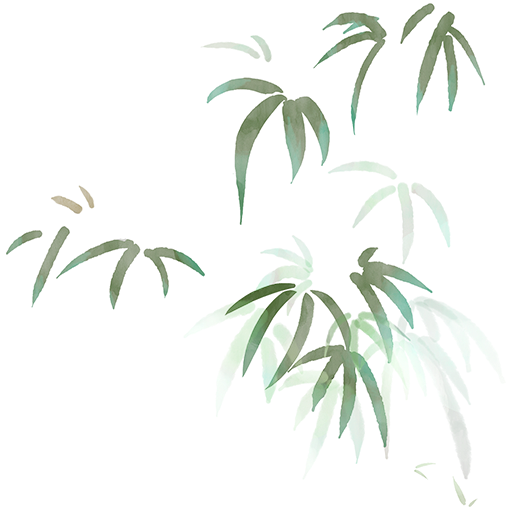



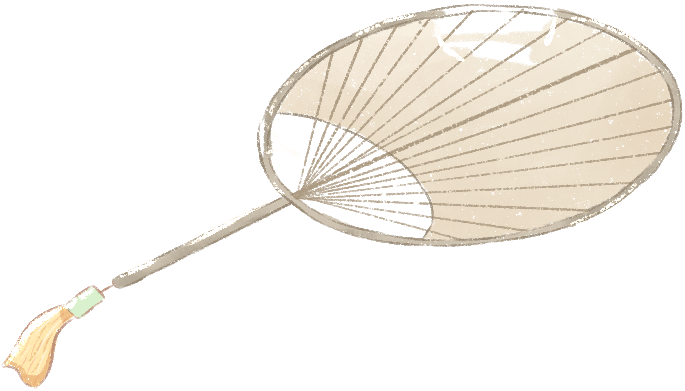
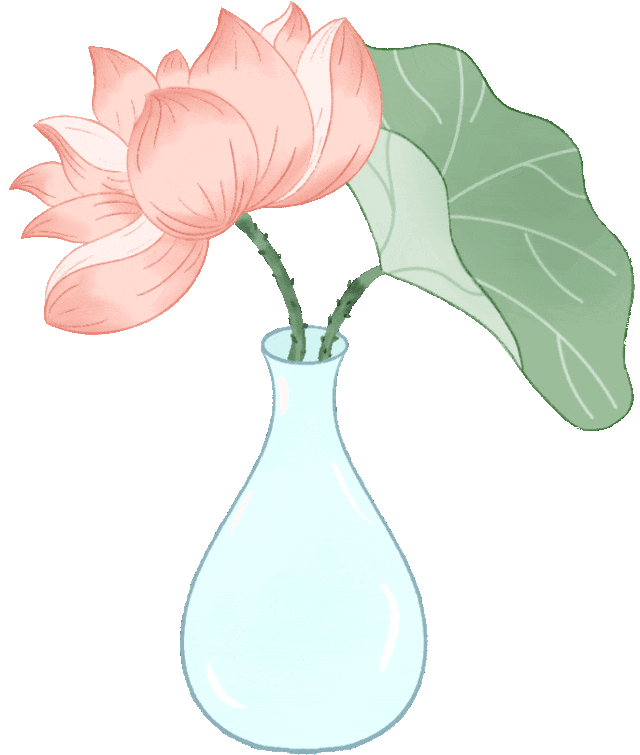
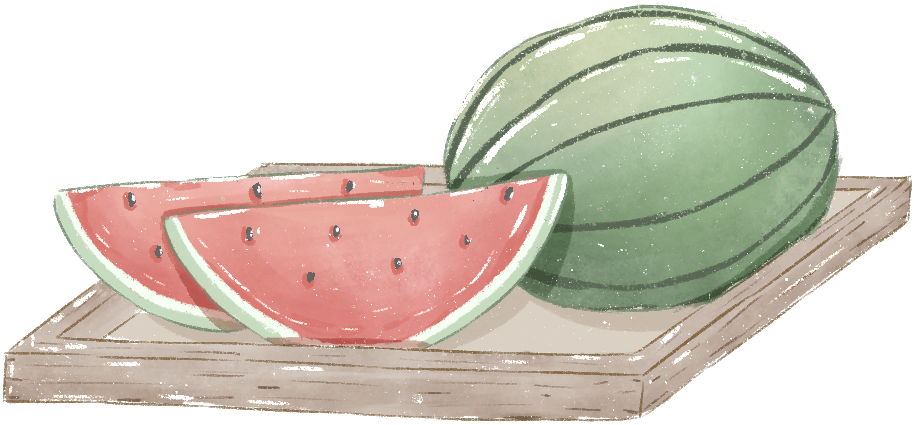
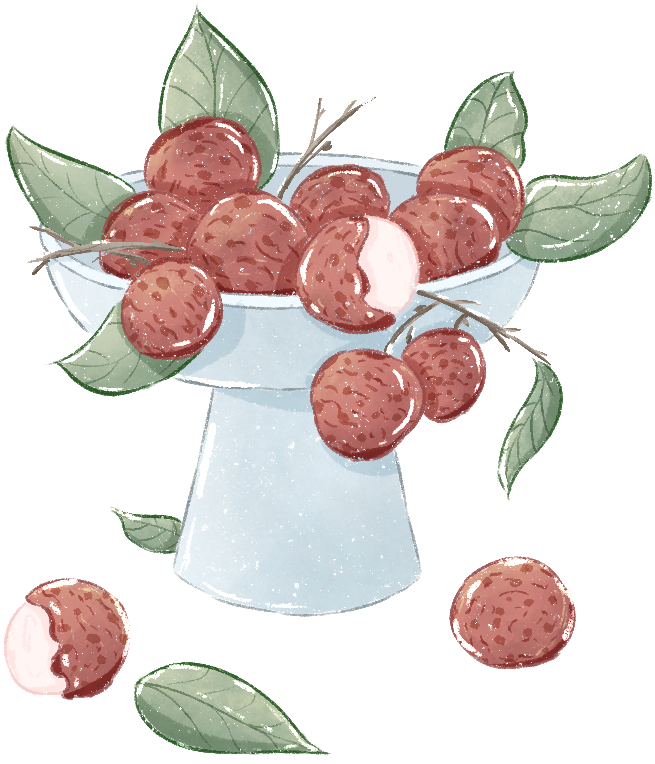
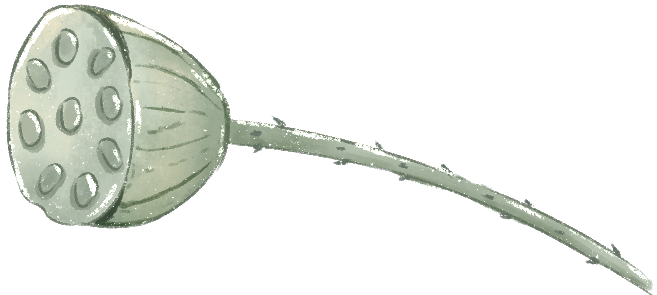

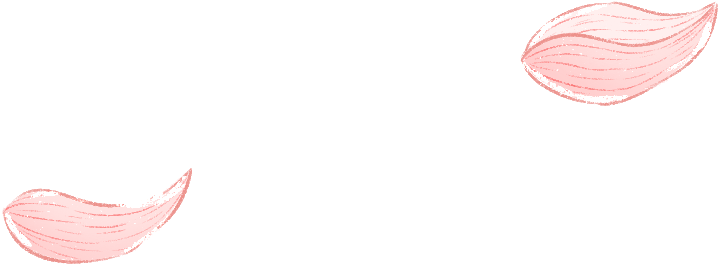
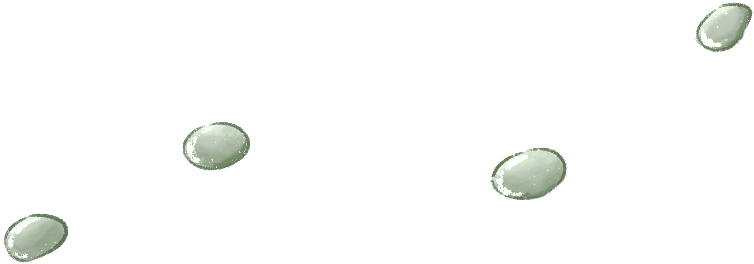
In Medicine
A Record of Blossoms

Sending You a Red Flower
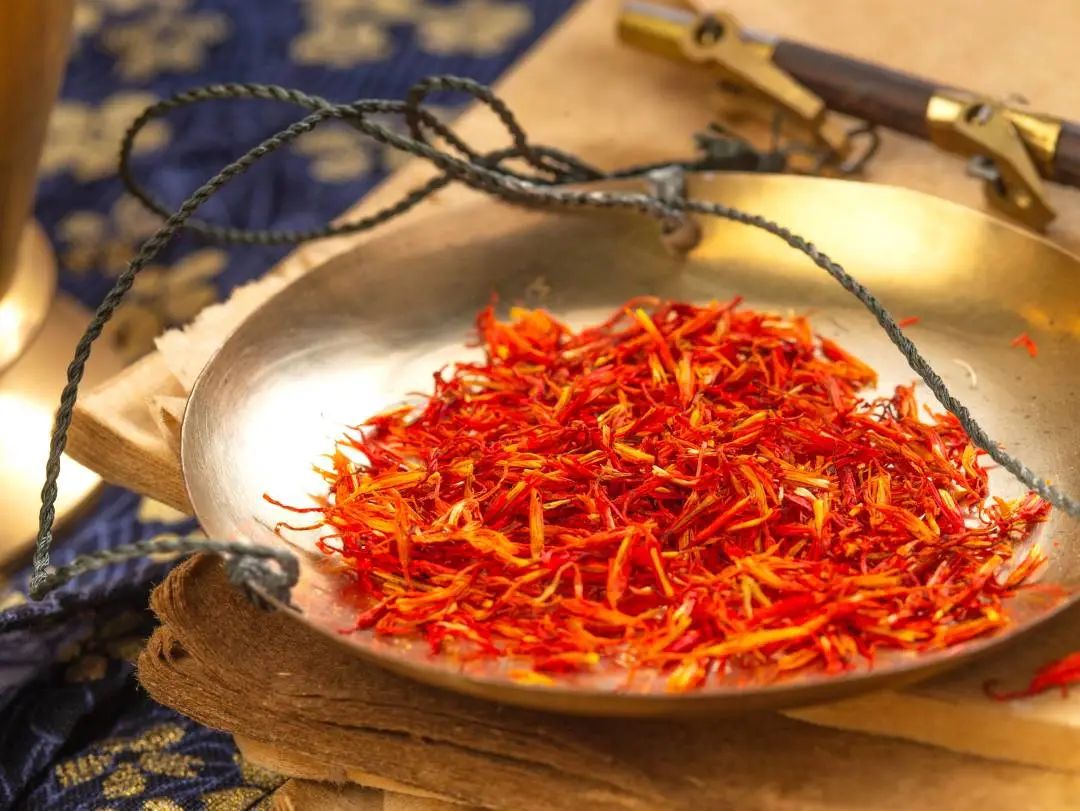
Red Flower
【Hóng huā, Carthamus tinctorius L】

Flower Language:“Passion, Love, and Courage”
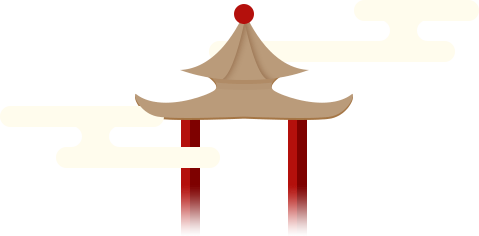
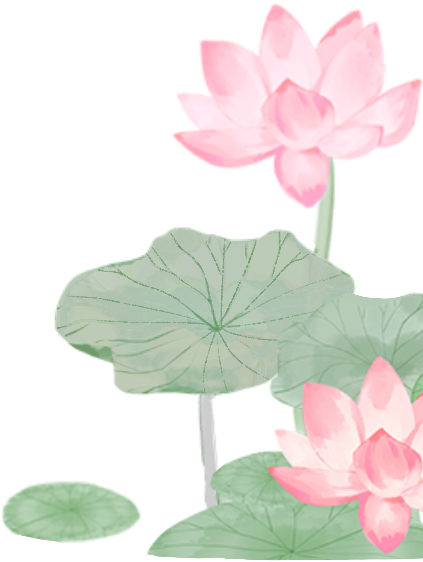






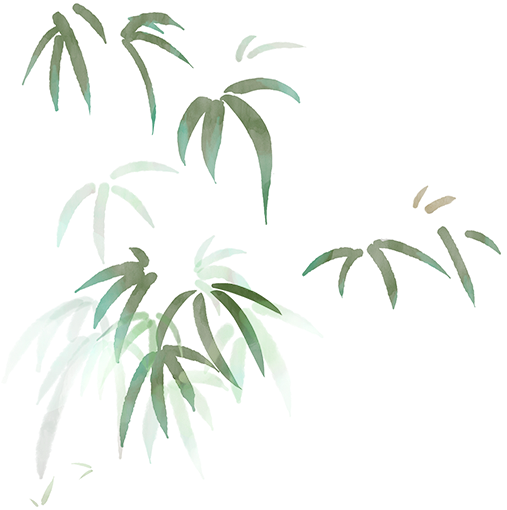

1
Meaning of the Flower
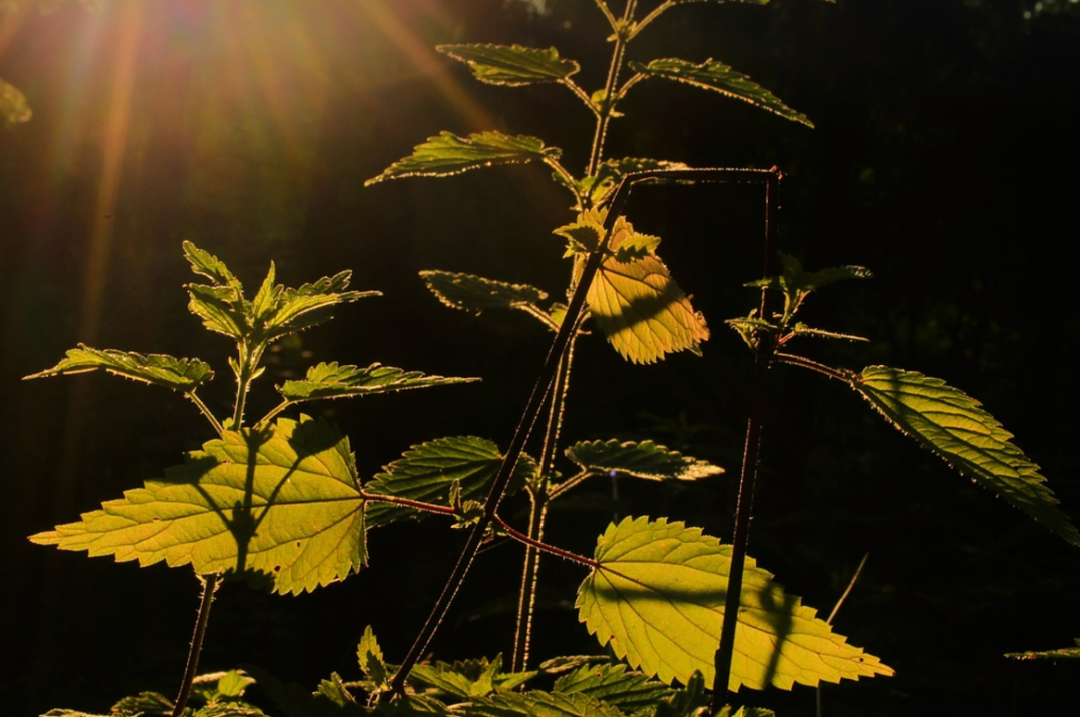
The red flower, like a passionate flame, quietly blooms from late spring to early summer, showcasing boundless vitality. Its petals are layered and vibrant, exuding a rich fragrance that attracts countless bees and butterflies. Each red flower resembles a beating heart, filled with the passion and desire for life. The flower language of the red flower symbolizes passion, love, and courage, vividly expressing a beautiful vision of life. In ancient times, “red flower” represented ambition and aspiration, inspiring people to pursue their ideals without fear of difficulties.










2
Healing Properties of the Flower
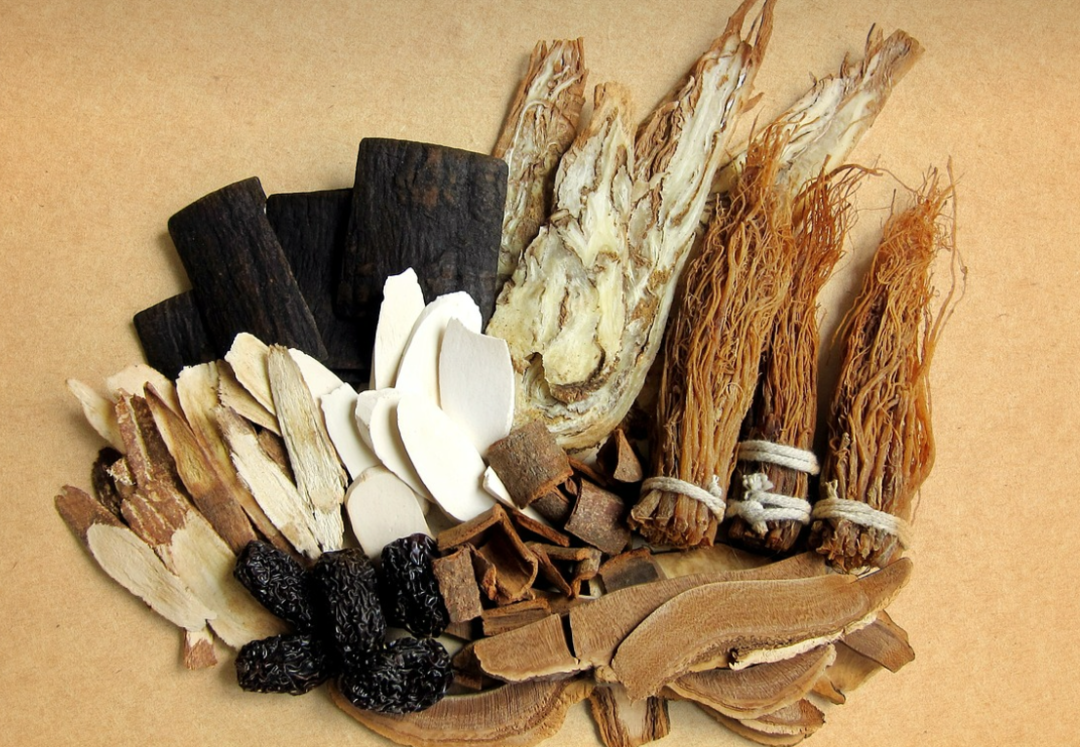
Source: This product is the dried flower of the Asteraceae plant, Carthamus tinctorius L. [Harvesting and Processing] The flowers are harvested in summer when they change from yellow to red, and then dried in the shade or under the sun. The flowering period of the red flower is usually from late spring to early summer, generally from May to July. The red flower originates from Central Asia and is distributed in many countries worldwide, including India, Mexico, Canada, Australia, China, Iran, Syria, Turkey, Ethiopia, Sudan, and some European countries. Among these, India, Mexico, and the United States account for about 70% of global production. In China, the main production area of red flower is Xinjiang, which ranks first in both cultivation area and yield of medicinal materials and seeds in the country.
Origin: According to the “Newly Revised Materia Medica”: “Treats locked jaw, blood stasis, and various postpartum diseases.”
Nature and Flavor: Warm in nature, pungent in flavor.
Meridians Entered: Heart (Xin) and Liver (Gan) meridians.
Functions: Activates blood circulation, regulates menstruation, disperses blood stasis, and alleviates pain.
Indications: Used for amenorrhea, dysmenorrhea, retained lochia, abdominal masses, chest pain, abdominal pain due to blood stasis, and traumatic injuries.
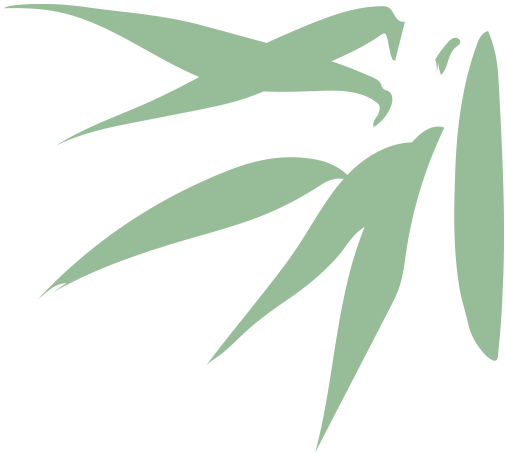
Pharmacological Components:
Main pharmacological components: Red flower possesses various pharmacological activities, including antioxidant and anti-inflammatory analgesic effects. Additionally, red flower seed oil is rich in vitamin E, providing health benefits. The residue from red flower can be used as animal feed, and the extracted protein can be used for other purposes. The seed shells of red flower can also be applied in the chemical industry.
Pharmacological Effects:
1. Antioxidant: Studies have shown that safflower yellow has a protective effect on damaged spinal cord tissue, reducing the production of free radicals and decreasing lipid peroxidation, thereby inhibiting the apoptosis of peripheral nerve cells in the spinal cord. Other studies have also confirmed that safflower yellow exhibits significant in vitro antioxidant capacity, with safflower yellow B and hydroxysafflower yellow A being its main antioxidant components.
2. Anti-inflammatory and Analgesic: Red flower has significant anti-inflammatory and analgesic activities. Research has found that safflower injection can significantly improve colonic damage and inflammatory response in rats with ulcerative colitis, possibly related to promoting the release of interleukin-4 and reducing the expression of interleukin-1β.

Classical Records

1. For treating lumbar sprains: One ounce of Old Stork Grass root, five qian of Sappan wood, decoct in water, and take three qian of blood residue charcoal, once daily, twice a day. (Inner Mongolia “New Medical Methods of Chinese Herbal Medicine”)
2. For treating acute and chronic enteritis with diarrhea: Six qian of cowherb sprouts, four red dates. Decoct in strong tea, three times a day. (“Modern Practical Chinese Medicine”)
3. For women suffering from cold during menstruation, irregular menstruation, fever during menstruation, abdominal distension, lumbar pain, and inability to conceive: Five qian of five-leaf grass, two qian of Chuanxiong (Chuanxiong Rhizome), two qian of great thistle, and two qian of Bai Zhi (Angelica Dahurica). Combine with one cup of water and wine, decoct, and take before bed, avoiding wind after taking. (“Yunnan Materia Medica”)










3
Flowers Blooming Without Worries

1
Red Flower Tea
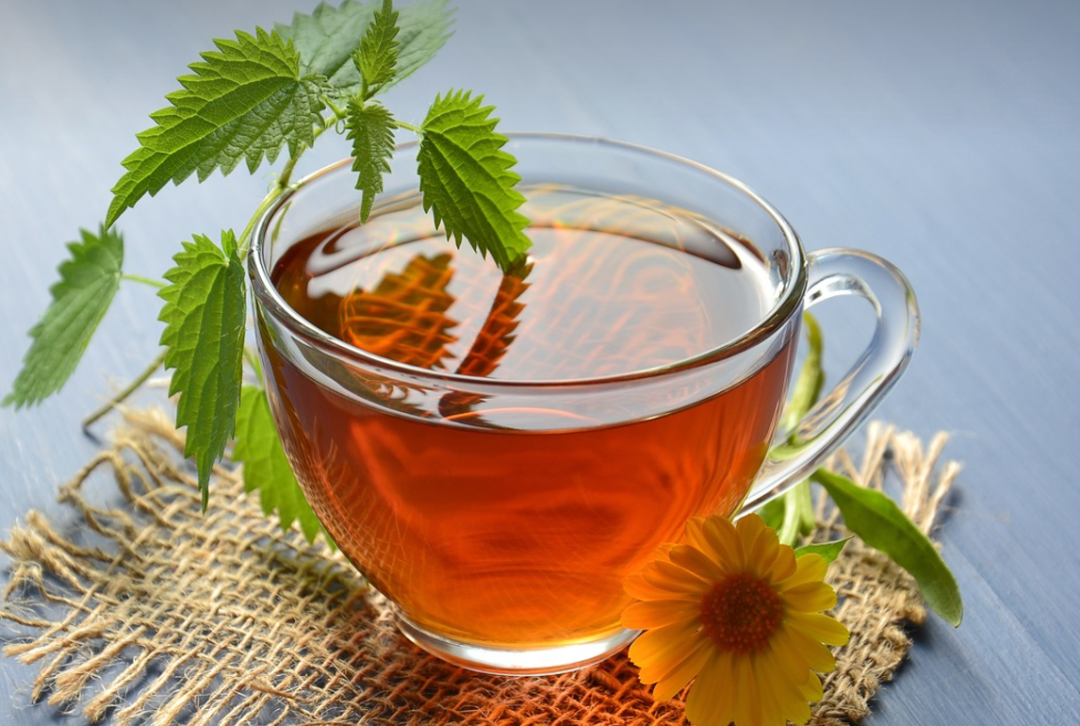
Ingredients: 3-5g of red flower, 5g of goji berries, appropriate amount of honey, 500ml of hot water.
Instructions: Wash the red flower and goji berries, place them in a teapot; pour in hot water at 80-90 degrees Celsius, and steep for 5-10 minutes to allow the fragrance and nutrients to fully release. Add honey to taste, stir well, and it is ready to drink.
Effects: Activates blood circulation, nourishes the skin, provides antioxidant effects, and relieves stress, suitable for women, helping to improve complexion and alleviate fatigue.


The red flower, like a burning flame, blooms between spring and summer, symbolizing passion and the vitality of life. Its bright colors and rich fragrance seem to tell a story of fearless character, encouraging people to bravely pursue their dreams. The blooming of the red flower not only adorns the earth but also inspires everyone to face life’s challenges. It grows resiliently in various environments, conveying the power of persistence and hope. The red flower is often imbued with deep emotional significance, expressing a longing for love and beauty. It is a passionate pursuit of a beautiful life and a sincere interpretation of emotions. Whether in a tranquil garden or a bustling city, the red flower always reminds us to cherish the present and bravely chase our dreams. Each bloom of the red flower is a tribute to life, inspiring us to grow continuously in pursuit and face every possibility of the future with courage.

References

[1] Bai Qirong, Guo Jiao Jie, Wu Jiao. Research Progress on the Chemical Composition and Pharmacological Effects of Red Flower [J]. Journal of Xinxiang Medical College, 2024, 41(01): 88-94+100.
[2] Li Yang, Jiao Yang, Niu Jie. Research Progress on the Flavonoid Chemical Components and Pharmacological Effects of Red Flower [J]. Global Traditional Chinese Medicine, 2024, 17(01): 137-143.
[3] Yang Yu, Huang Xinglin, Jiang Zhongmin, et al. New Advances in the Study of Chemical Components and Pharmacological Effects of Traditional Chinese Medicine Red Flower [J]. Chinese Journal of Traditional Chinese Medicine, 2023, 41(10): 119-126. DOI:10.13193/j.issn.1673-7717.2023.10.024.

Images/Network (Infringement Deleted)
Planning / Yin Peihao
Review / Yin Peihao
Editor / Kong Qi

Scan to Follow Us
More medical popular science, nutrition guidelines, etc.
Follow us, care about your health!
Happy Everyday











